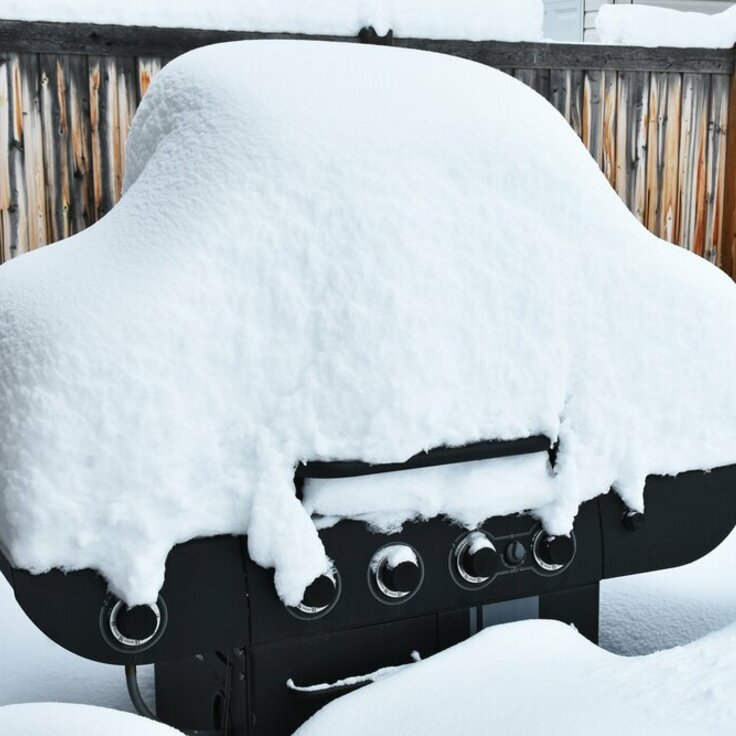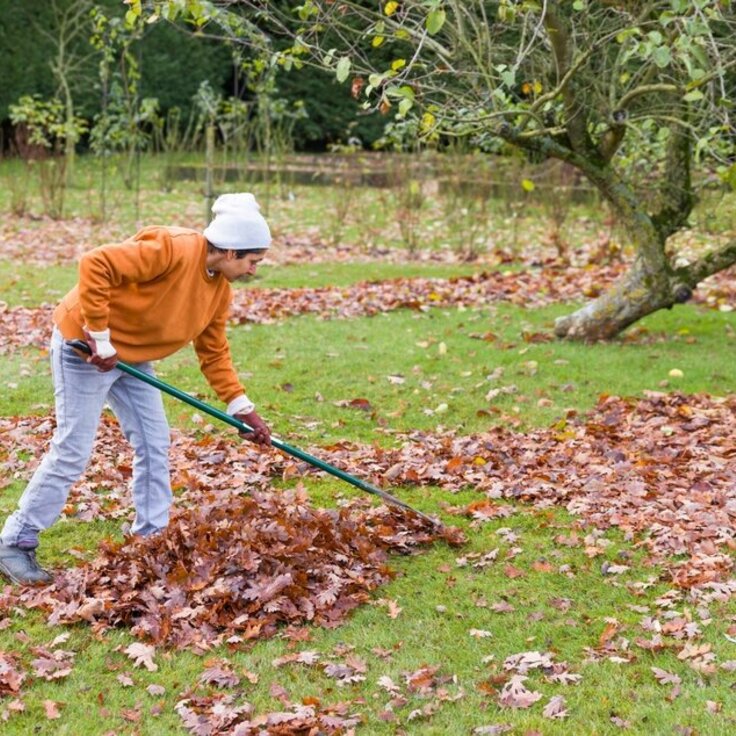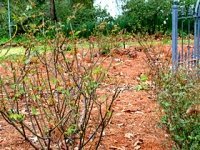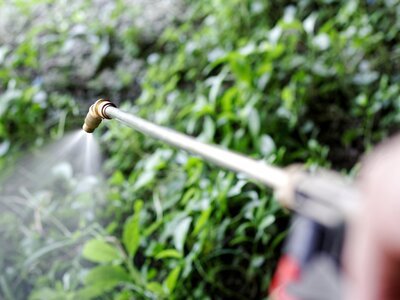Get Your Landscape Ready for Old Man Winter
Get Your Landscape Ready for Old Man Winter
Winter can wreak havoc in our yards and gardens, unbeknownst to us as we stay cozy indoors. Extreme cold temperatures, drying winds, heavy snowstorms, fluctuations in temperatures, wildlife gnawing on plants, freezing and thawing that heaves perennials out of the soil -- all these winter woes can damage our landscape plants. If Mother Nature dishes out an especially dry winter, unusually little snow cover, or below normal temperatures, plants can be in even more jeopardy.
It's not too late to protect your landscape against whatever Old Man Winter has in store for us. Putting down a layer of winter mulch, applying tree wrap to newly transplanted trees, and constructing critter barriers are some simple strategies to provide protection for your landscape.
A Blanket of Mulch
Avoid spreading winter mulches too early. Wait until woody and herbaceous perennials have gone dormant. Applying a winter mulch around rose bushes too early, for example, will encourage them to continue growing late in the season. The new vegetative growth will be more prone to freeze damage.
Spread protective mulch after the top few inches of soil are frozen. This usually occurs between late November and mid-December for many parts of our area. In warmer, lower elevations this can vary by several weeks. North-facing exposures and shaded areas will generally be the first to freeze, while southern and western exposures will freeze later.
A good winter mulch will protect perennials against frost heaving during periods of fluctuating winter temperatures, which forces the crowns and roots out of the ground as the soil alternately freezes and thaws. Keeping the soil cold and frozen will also condition plants to stay dormant and prevent them from sending out new growth at the first hint of warm weather in early spring only to be killed back when the temperatures plummet again.
Don't forget that strong winter winds can displace mulch over time. Check mulched areas periodically and replenish as necessary. Keep some extra mulch stockpiled where it won't freeze so you can dig out a shovelful or two as needed.
Keep Away Critters
Rabbits, voles, deer, elk, and various other critters often gnaw on the bark of trees and shrubs in the landscape when their natural food sources are scarce. Protect vulnerable plants by caging the base of trunks and stems with hardware cloth or rabbit fencing. The trunks of larger trees are often susceptible to both chewing and rubbing, so you may need to protect them with a wire wrapping or heavy plastic at and below the browse and rub line.
These protective measures will help to ensure that your plants survive the vagaries of winter for a beautiful show next spring.
Read more here at National Gardening








